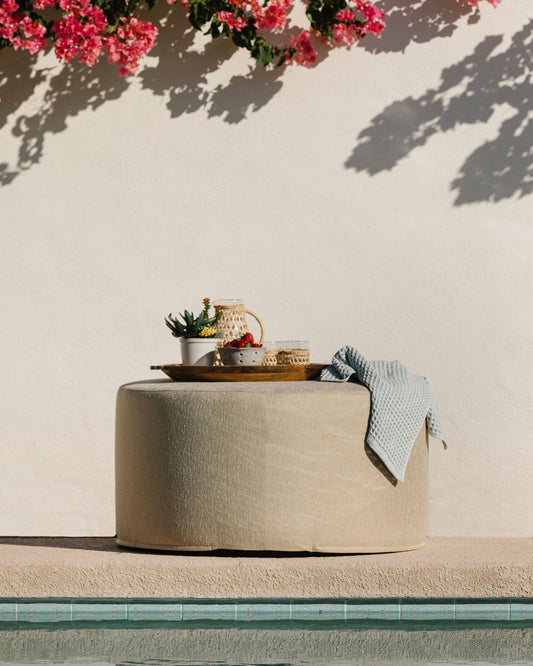By Diana Elizabeth Steffen
It wasn’t until I bought my house almost 12 years ago that I got into gardening. My husband, from the Midwest, wanted a garden so much he even insisted on where it should go – the very spot. I decided to attend local gardening classes and I just ran with it. Can you believe my gardening started because of my husband?
Now I get asked by local media outlets about gardening, and I love sharing my experience!
Here are my tips for finding the perfect placement for your garden, garden beds and trees. I live in Phoenix, which is designated as Zone 9b within America’s 13 growing zones, but these tips can really apply to most places around the country. You just need to know how much sun and heat your location receives.
PICKING THE PLACE FOR YOUR GARDEN
I heard a great tip, that before you remove any trees or large bushes on your property, watch the way the sun hits your home and land, for four full seasons. If you haven’t moved recently, just observe what areas of your yard get a lot of sun and during which seasons. Our backyard faces south which means plentiful sunlight! However, it also means these poor garden beds get fried in the summer heat! So we add shade.
Ideally your bed should get morning sun and be shaded by evening – a best practice for warmer climates like Phoenix’s zone. Use your house or trees or walls to provide the required shade for your garden beds. This setting is the ideal for having a year-round garden bed, however:
- If you live in northern zones, your beds can freeze. Then again, you probably aren’t gardening in the winter because you can’t – unless you have a greenhouse.
- If you live in Zone 9 and want a summer garden bed, find a location that gets morning sun and receives shade by evening – e.g., against a west wall.
I have a kitchen garden which is an area right off our, you guessed it, kitchen. It is wonderful to walk out my door and grab snips of basil, parsley, tomatoes, right there! It gets some short afternoon sunlight, and one area stays pretty shaded, so the herbs do fine. I just carefully decide what to plant in specific spots.
Now that you have your location determined, let’s discuss the care for your vegetables and flowers.
HOW TO ENSURE YOUR GARDEN SURVIVES
-
Don’t be discouraged when things die. You are learning, and you will realize where things should go and which plants are perennials (come back every year) and annuals (must be replanted because they only last one season). I’ve killed just about one of every plant – so much of what you see that’s alive in my garden is Round 2 or 3!
-
Know what to plant, and when. Look up local calendars online to find information that will help. Unfortunately, nurseries can quickly sell out of season starters (baby plants already started from seed and ready for transplant), which can be discouraging for the first-time gardener. If you live in Phoenix, here is a great resource: Vegetable planting calendar for Maricopa County.
-
Have automatic drip irrigation. Water in the early morning and again in the afternoon. Water is key, sounds silly but it’s that easy. We use this one.
-
Read how much sun and shade your vegetables need. It is usually on the label. Watch the space you wish to plant so you know how many hours of sun they will receive and if they will be able to survive. Less sun means slower growth, but it still may survive.
Give plants shade. In the summer we move patio umbrellas over certain plants and baby citrus trees that need some help. You can put screens up to help. Or you can have separate summer garden beds and winter garden beds!
I must also remind you: Just because the local nursery sells it doesn’t always mean that’s what is needed for the season or your zone! Sometimes they just offer a little bit of everything, hoping you might have a greenhouse, or they are selling what is overstock. So it’s up to you to research what works best for your zone and the plants you want to grow.
In Phoenix we have two planting seasons, fall and late winter/spring. We do not do anything in the summer because of the heat (it’s like our winter).
Happy planting and have fun with your garden!
Diana Elizabeth Steffen is a Phoenix-based photographer and blogger at dianaelizabethblog.com where she shares her home and garden projects with camera in hand!








